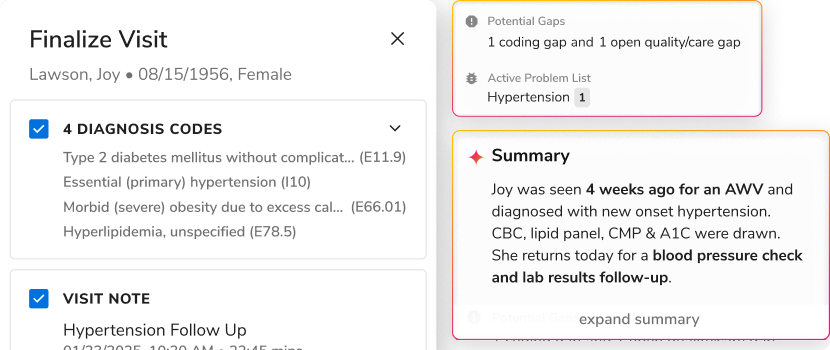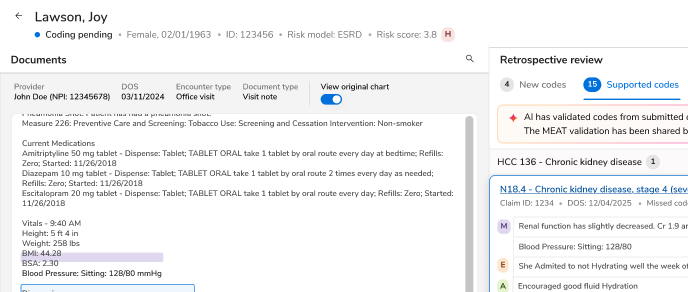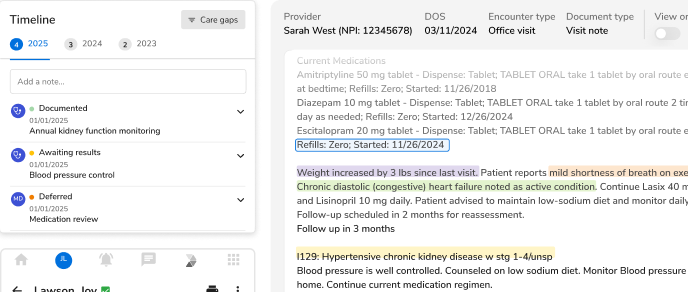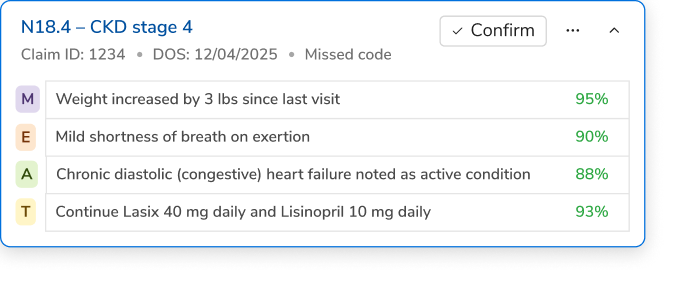How can Healthcare Data Analytics Redefine Care?

The digitization of healthcare has been an undeniable and a disruptive force in transforming healthcare. Still, the question remains. There is no doubt that more and more providers are integrating their data, but how can it be put to use? Integrating data is only half the solution, and powerful analytics to generate actionable insights makes up for the other half. However, not just an old EHR will do.
Too much data. Too little insight.
The data influx has increased exponentially- 48% per year since 2013, to be frank. By the year 2020, healthcare data will be about 2,314 exabytes. To put this into perspective, this data would arguably be equal to 462 times of “all the words ever spoken by human beings” (also in GBs)! From EHRs to wearables, data is becoming more and more an instrumental part of day-to-day clinical care.
The challenge is that so much data has resulted in complications. It’s too much data for providers, yet they are severely underinformed. With the lack of real-time insights, healthcare organizations can only skim the surface about using the full potential of data. Eventually, providers end up analyzing the data that they have, and not what they need. This gives rise to several gaps in the care and blind spots in the network. Not only does it reduces the efficiency of the care teams, but also increases the overall cost.
The key to boost transformation
Transforming healthcare requires understanding the discoveries, rather than just focusing on the straight facts. Accumulating data from all the sources is only the first step, but it doesn’t make care or an organization data-driven. For being a process, or care, or an organization to be data-driven, the raw data has to mean something.
Granted, access to data is the first step. But it’s all about being able to see the patient’s health and their journey as they move from payer to payer, hospitals, clinics, labs, and all their life events that contribute to their overall health. The more complete the view, the better the ability to drive quality care.
Analytics that guide the way
With so many data sources, the challenge is to find a starting point. The key is to pull healthcare data from all the varied and disconnected sources, and bring it on a single platform. The challenge of silos isn’t just limited to data- it extends to analytics and care management as well. Several health IT solutions struggle with connecting data management, analytics, and care management together.
Innovaccer offers a unified healthcare data platform that pieces together various data sources which in turn offer accurate, real-time analytics. The analytics module, InGraph, leverages integrated records to offer a holistic picture of the population health and the network performance.
The healthcare organizations can have precise information about the medical history of the patients. Through drill-down dashboards, the physicians can focus on specific symptoms or a practice rather than wandering in the dark. The number of patients at risk, the number of screenings conducted, and even the impact of undergoing care programs can be viewed to gain a deeper understanding of population health.
This, and so much more could be extracted from clinical data sources alone. When combined with claims data, the amount of insights further increases. Healthcare organizations can track the number of patients that went out of the network, take a look at what facility is driving up the network’s expenditure, and identify the growth opportunities that stand ahead of them.
Another challenge that providers face is collating data together and reporting on quality measures. Physicians have been reduced to mere data entry clerks- they are stressed, they don’t have enough time to interact with their patients, and they are burned out. The task of entering and reporting data should be automated and simplified, so that physicians get more time to interact with their patients and addressing the gaps to deliver superior care.
The key here is transparency of data. The delayed processed and disparate sources limit an organization’s ability to alter their practices well in time. To create maximum impact, insights should be readily available in real time, and should answer the questions a provider have when they need it. Only by responsiveness and real-time processes, healthcare organizations can take the next step forward in the world of a transitioning healthcare.
The Road Ahead
Healthcare organizations across the US are facing tough decisions as they turn to analytics to help them survive and thrive in the era of healthcare reforms. We know the demands with healthcare data are increasing and the current data strategies will only take us too far. It’s time we addressed the challenge of paralyzed data systems with agility, flexibility, and transparency. It’s high time to address the elephant in the room and dig deeper into the data we have. The sooner we tapped into the potential of data to redefine care, the better.
To learn how Innovaccer’s healthcare data platform can assist you in providing efficient care through powerful data analytics, get a demo.
For more updates, subscribe.
Join Team Innovaccer at booth #29 this NAACOS Spring Conference, from April 25 to 27, at Hilton Baltimore, Baltimore, Maryland and learn how we can assist you in delivering an efficient, data-driven healthcare.

.png)





.png)









.svg)
.svg)

.svg)

